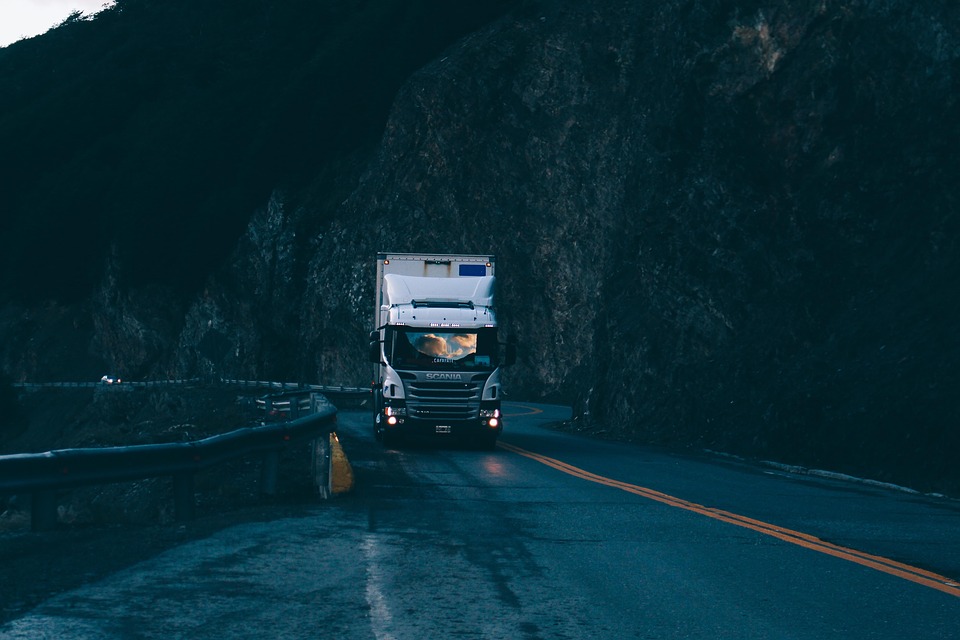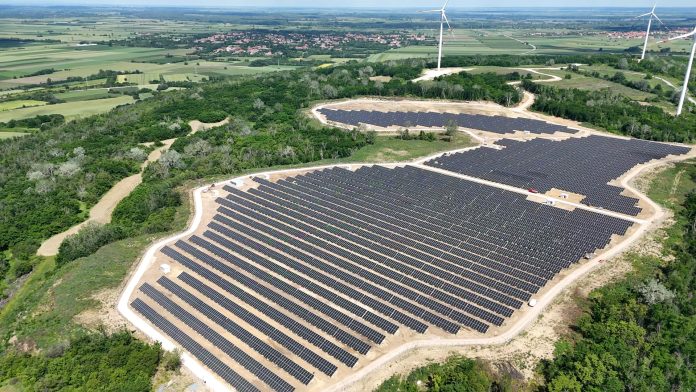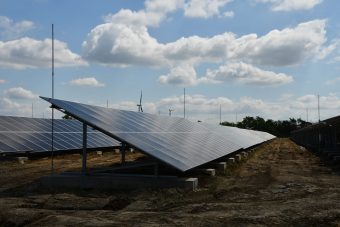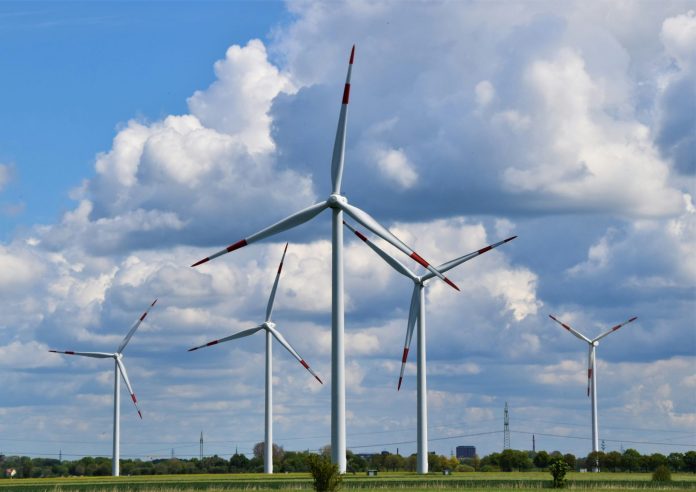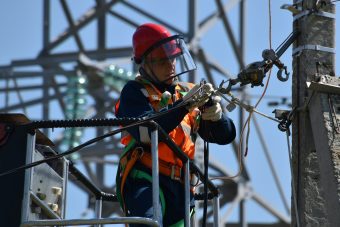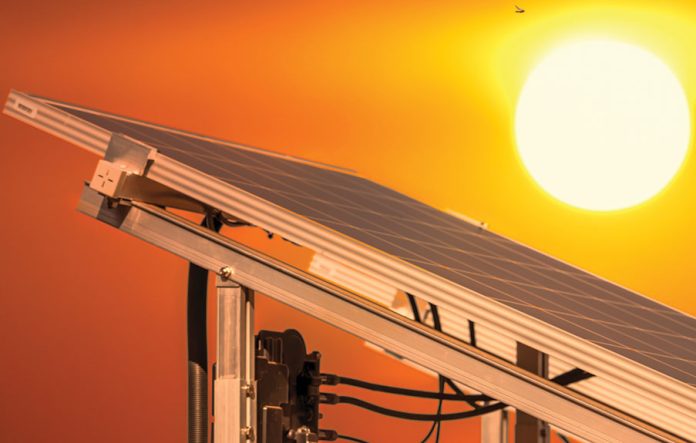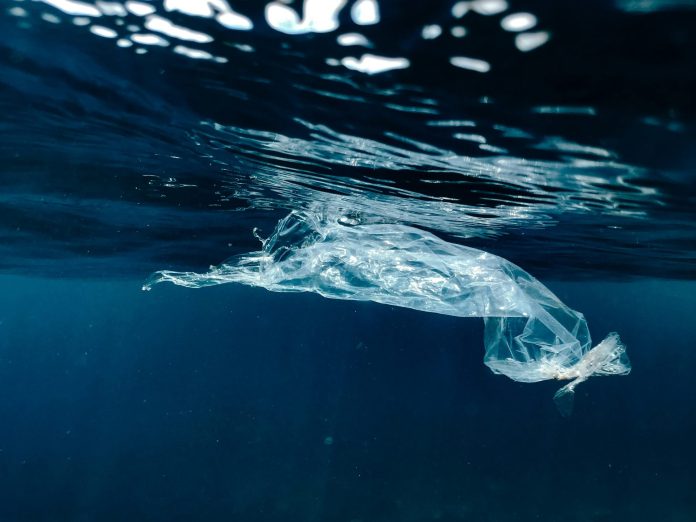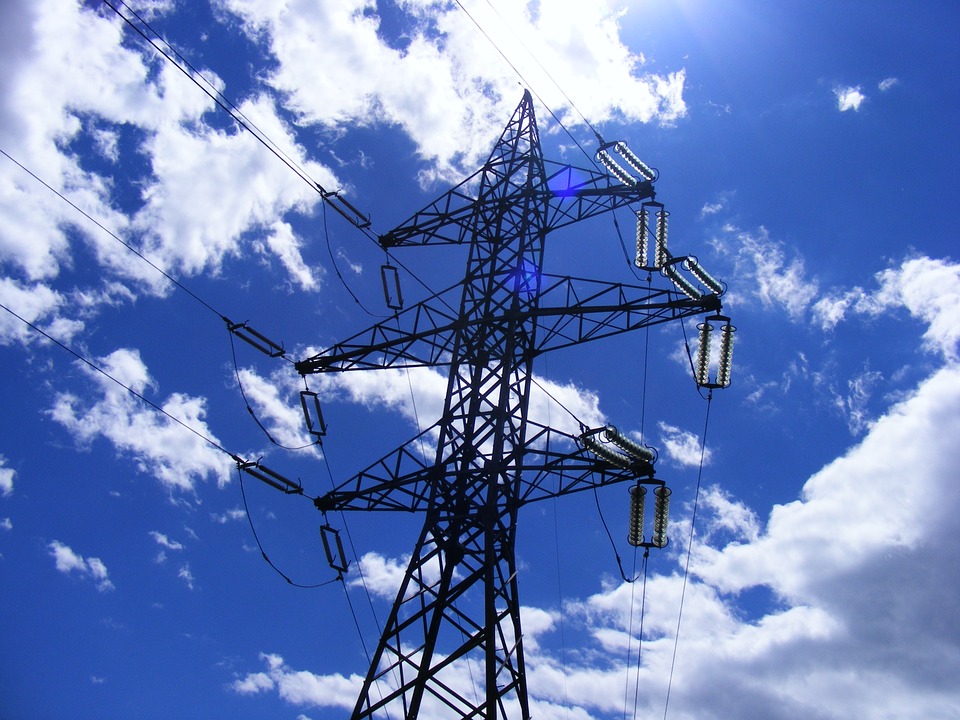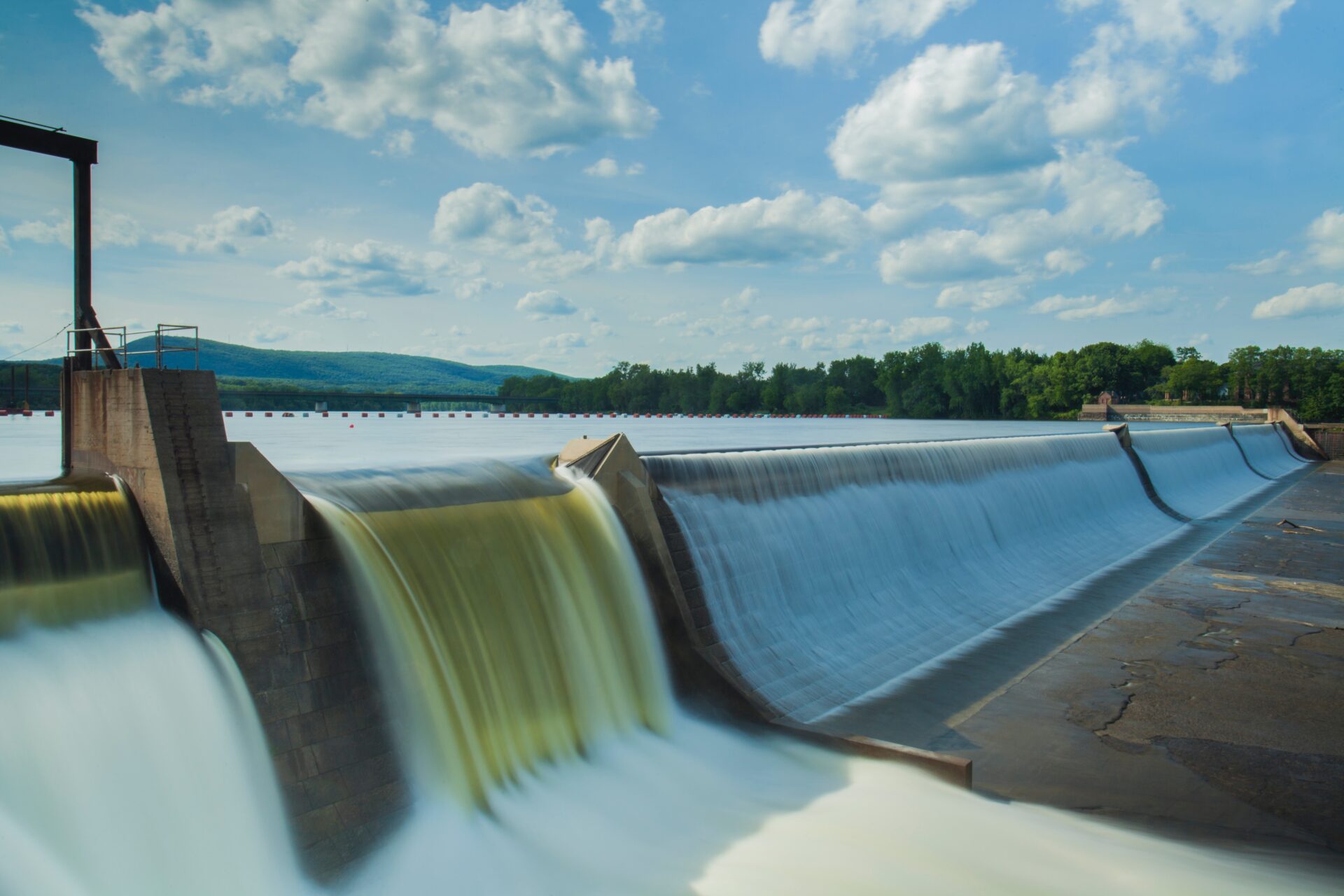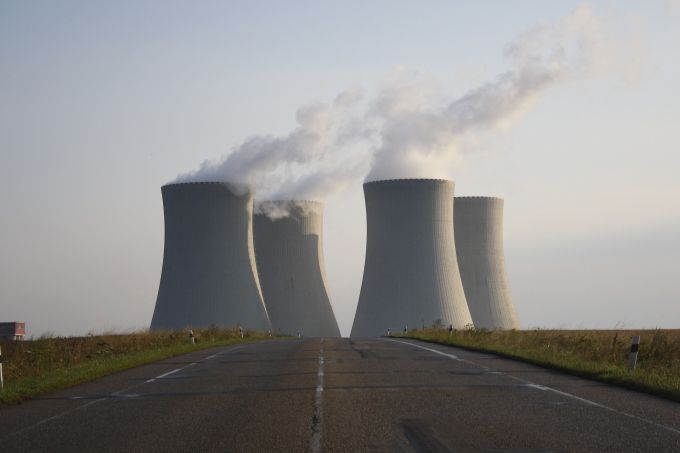Large companies are the largest buyers of road freight. As part of its Decarbonise Corporate Fleets initiative, the European Commission should set zero-emission (ZE) procurement targets on large shippers, rather than truck operators.
- Large companies (>250 employees and >50 million euros) make up only 0.2 percent of EU companies but generate over half of turnover and buy nearly 40 percent of road freight.
- Annual ZE procurement targets on large companies reaching 100 percent in 2039 would create demand for ZE freight in line with truck CO2.
- Alternatively, only large manufacturers, wholesalers, and retailers could be targeted. Together they buy a quarter of road freight.
More:
- While One-Fifth of Steel Scrap Is Exported from the EU, the Automotive Industry Uses Only Six Percent
- How to defuse the EU’s carbon tax time bomb
- Social Leasing of Electric Vehicles – A Potential Solution for Three Million Low-Income Households in the EU
ZE procurement targets can ensure large shippers support hauliers in their transition to ZETs, thanks to green premiums or longer contracts for example. This would improve the business case of shifting to ZETs, thus also supporting truckmakers in achieving their CO2 targets, while having only a negligible impact on product prices for end consumers.
Either a 100 percent ZE procurement target for all large shippers by 2039, or by 2036 for large manufacturers, wholesalers, and retailers, would align ZE freight demand with truck CO2 standards.
Energy portal


